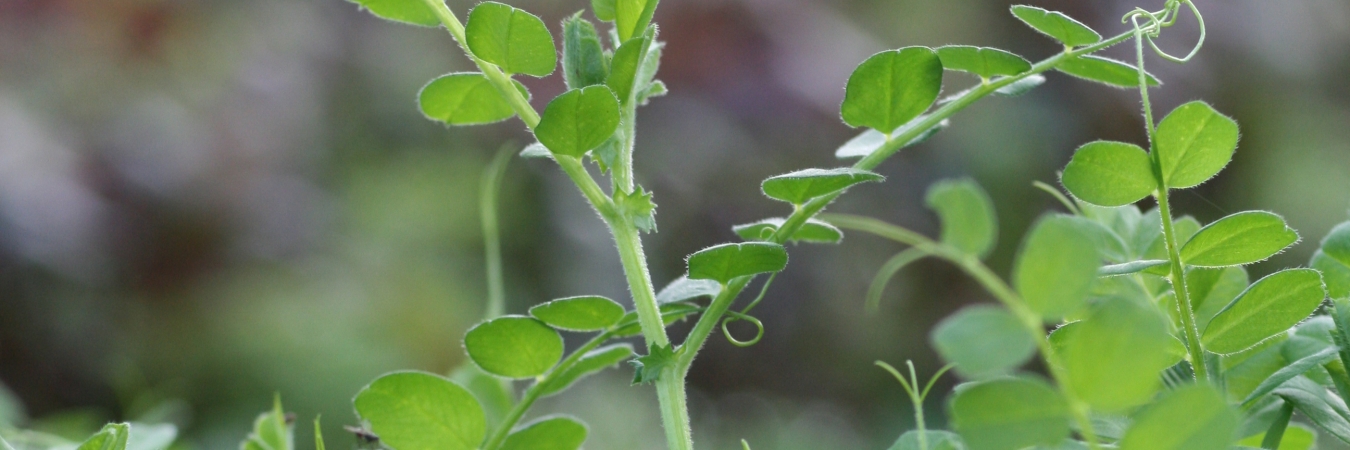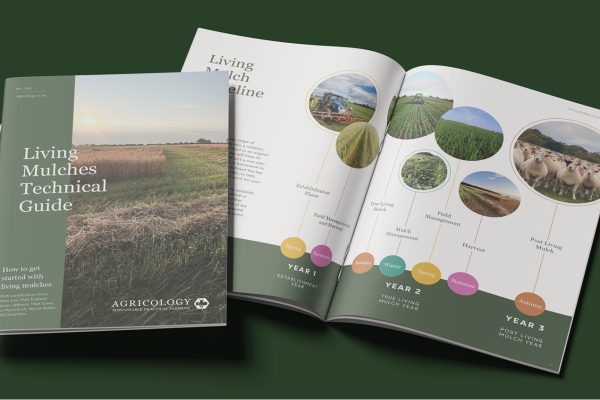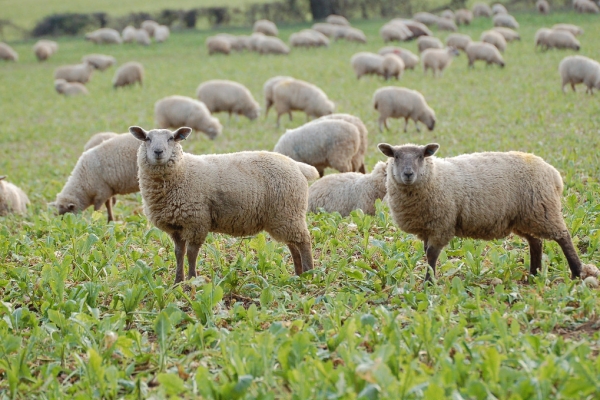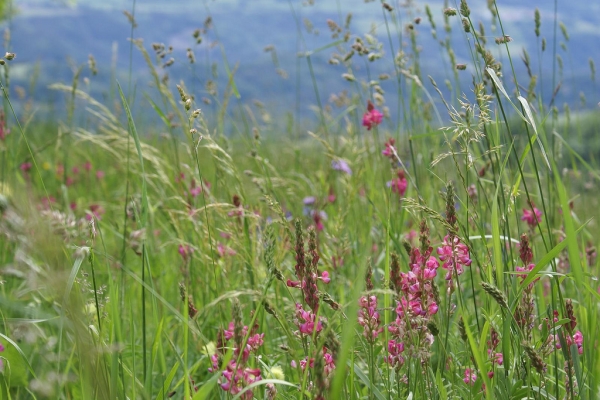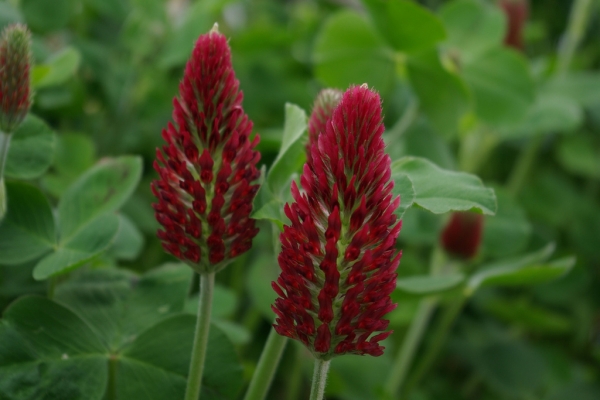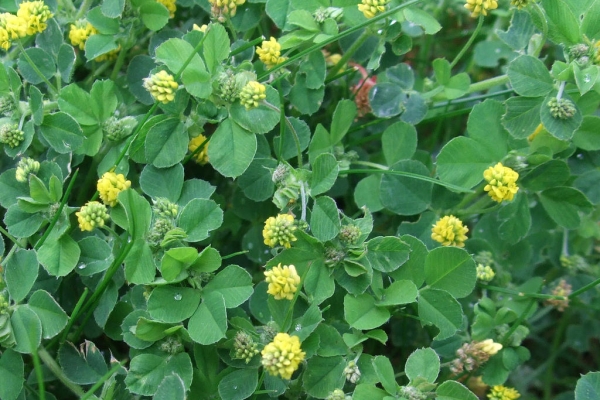Sort out your soil
A practical guide to Green Manures and Cover Crops
Resource explained
With rising nitrogen fertiliser prices and the need to farm in an environmentally sustainable way, green manures are a viable way to cut input costs, add fertility and improve your soil. This guide covers: A definition of what green manures and cover crops are; explanation of the key benefits of green manures (including nitrogen management, soil improvement, weed, pest and disease control, and providing forage for livestock); a section to help you assess the suitability of using green manures on your farm; managing green manure crops (when, what and how to sow, inoculation, mowing, incorporation, and under sowing); choosing a green manure crop (using a useful quick-reference infographic); the benefits of planting mixtures (under the headings of long term, winter and summer); detailed species profiles for legumes and non-leguminous species; and a ‘growth heights’ infographic for legumes and non-legumes. This second edition includes case studies and new information regarding green manure management, incorporation on arable farms with machinery, grazing on a mixed farm with livestock and how to use worms as indicators of soil health.
Findings & recommendations
- You can use green manures for many reasons as their benefits are very diverse. When choosing which to grow, you need to assess your soil type, farming system, previous cropping, future cropping plans and climate.
- A cover crop protects the soil, particularly over the winter, and helps insure against soil erosion, nutrient loss through leaching and competition from weeds. Within this guide, ‘green manure’ is used to encompass the benefits of cover crops as well as the other advantages of green manures.
- When a green manure is incorporated it releases nitrogen (N) into the soil. The rate at which N becomes available depends on the type of green manure and its growth stage at incorporation.
- Incorporating green manures into soil will add organic matter and improve the structure. This aids soil aeration, increases water and nutrient retention (on light soils) and improves drainage (on heavy soils).
- Fast growing green manures are very effective at suppressing weeds.
- Growing a two-year ryegrass or ryegrass/red clover green manure will significantly reduce the issue of black-grass.
- Many green manures such as white and red clover, lucerne and sainfoin provide excellent high protein forage for livestock whilst also benefiting the soil.
